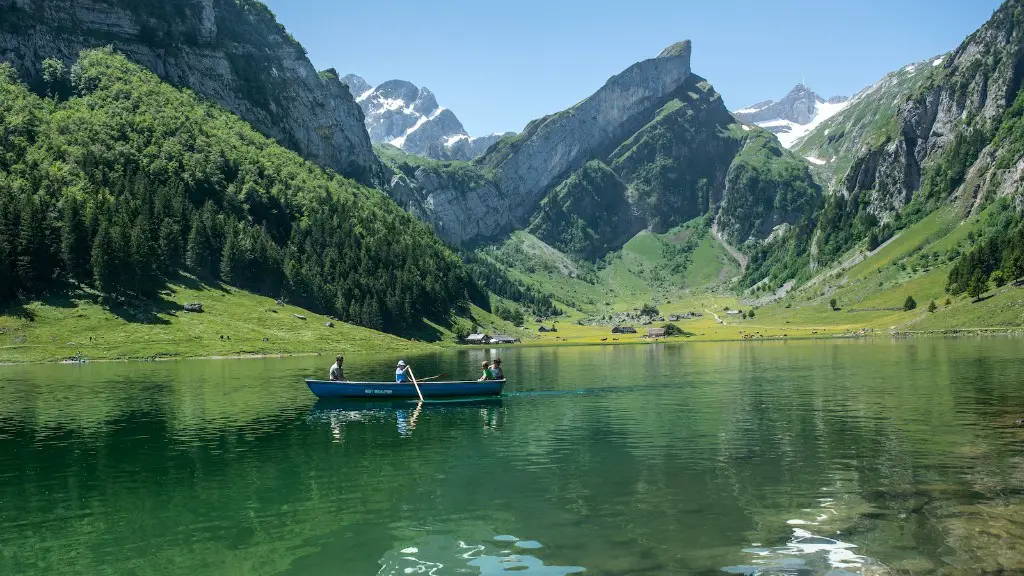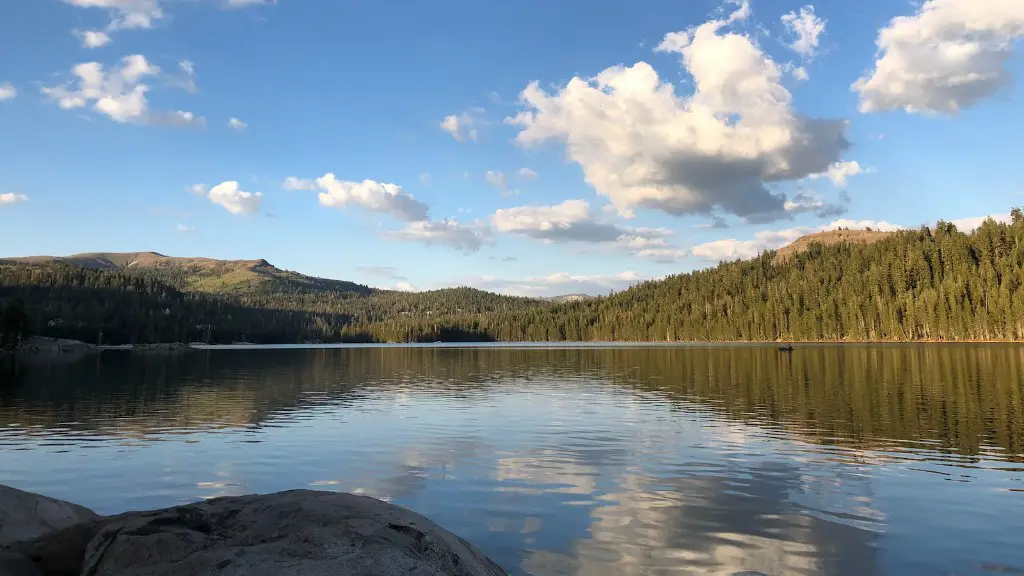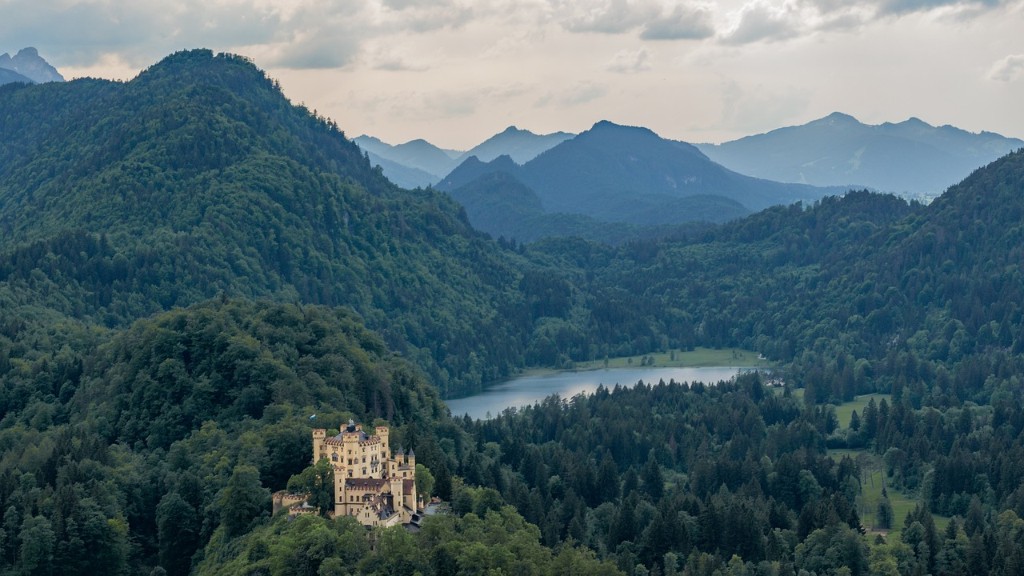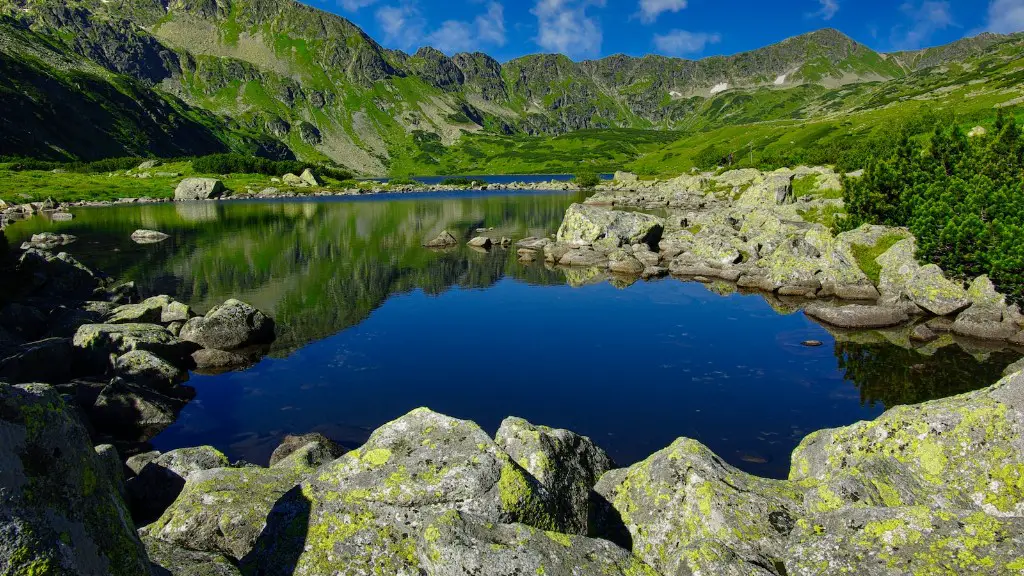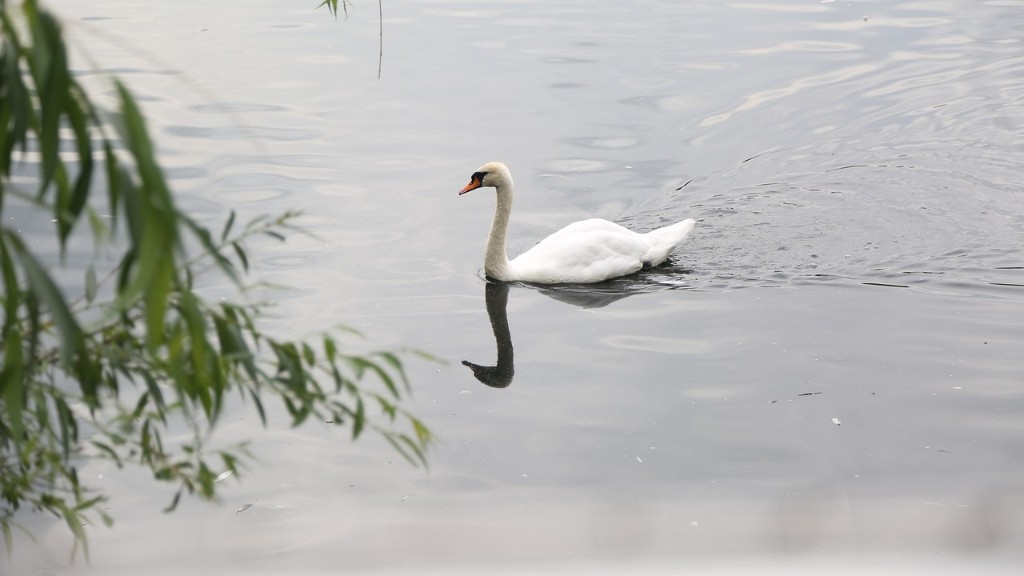Historical Perspective
The vast, crystal-clear waters of Lake Baikal have been a source of awe and amazement for many centuries. The portion of Siberia in which it resides is a region rich in mystery and ancient lore, making the lake all the more appealing to travelers and nature lovers alike. The first recorded visit to the lake was in 1643, by a large group of Cossack warriors, who immediately fell in love with its beauty and tranquility.
Originally referred to as the “Sea of Serenity,” the lake has long been admired by people of all walks of life. Writers, photographers, and filmmakers have drawn inspiration from its sheer enormity and sheer natural beauty. It is even said to be the source of inspiration for some of the world’s oldest and most beloved folk tales and legends.
Officially declared a UNESCO World Heritage Site in 1996, the lake is now considered to be one of the most essential protected areas for preservation of biodiversity. This is largely due to its diversity of species, with over 1,700 living in and around the lake.
Environmental Impact
The pristine waters of Lake Baikal have recently been under threat from human activities, such as irresponsible waste disposal, illegal fishing, and industrial pollution. Recent studies have revealed that the quality of the lake’s water has been deteriorating since the mid-2000s, and scientists have warned that if this trend continues, the lake’s unique and delicate ecosystem could be permanently damaged.
Local conservation efforts have halted further deterioration of Baikal’s water, but much work remains to be done in order to restore the lake’s beauty and health. Ecotourism activities such as fishing and bird watching excursions can provide the resources needed to maintain and protect the lake. But before engaging in such activities, visitors should become educated on the best practices for maintaining the lake’s delicate environmental balance.
Scenic Beauty
The beauty of Lake Baikal is truly unmatched. Its vastness creates a majestic horizon that is both calming and humbling. Its crystal clear waters sparkle in the sun, and its diverse wildlife brings life and energy to the area. The lake is home to a variety of different types of birds, fish, and aquatic life, making it a paradise for nature lovers.
Visitors can also experience the lake in a variety of ways. Sailing, kayaking, and swimming are all popular activities, while scenic hikes along the lake’s many trails offer amazing views of the surrounding mountains.
For those seeking to learn more about the lake’s history and culture, there are numerous museums and research centers located around its shores. These sites offer educational programs and guided tours to help visitors gain a better understanding of the lake’s importance.
Cultural Significance
Lake Baikal is a national treasure for the Russian people, and for many, a spiritual home. For centuries, local indigenous tribes have regarded the lake as a source of life and sustenance and have venerated it with rituals and ceremonies.
Even in the present day, Lake Baikal is still seen as a place of reverence and celebration. Shamanic ceremonies and cultural festivals are regularly held on its banks, and the lake’s waters are used in traditional medicines and remedies. As such, a visit to Lake Baikal should also be seen as an opportunity to learn more about the local culture and appreciate the unique spiritual and cultural significance it holds for the people of Siberia.
Summary
As the oldest and deepest lake in the world, Lake Baikal is a natural wonder that should not be missed. From its historic and cultural significance to its awe-inspiring beauty, it is no wonder why it has been described as “a living piece of art.” Although the lake is currently under environmental stress, there are several ways visitors can help protect its delicate ecosystems, and many opportunities for exploring its wonders.
Sustainability
Although there are a number of measures being taken to protect Lake Baikal, there remains a risk of further damage if visitors do not practice responsible tourism. Tourism is an important source of income for the local population, but visitors must be mindful of the impact their activities can have on the environment. This includes being mindful of the types of products you purchase and not engaging in irresponsible or illegal activities.
In addition, visitors should be sure to support local business and leave no trace when leaving the area. This includes being conscious of water and energy use, as well as using biodegradable products whenever possible. By taking these steps, visitors can ensure that the unique beauty of Lake Baikal is preserved for future generations.
Accessibility
Another important factor to consider is accessibility. Due to the lake’s remoteness, reaching it can be challenging. Air transportation is limited in the area, so most visitors opt to use either a boat or train, both of which have limited availability. Visitors can also get there by car, depending on their level of comfort and experience navigating the Russian roads.
In addition, visitors should be aware that the weather can be unpredictable in Lake Baikal, with temperatures ranging from -30°C in the winter months to 30°C during the height of summer. Appropriate clothing and warm shelters should be taken, along with time to adjust to the climate before commencing activities.
Safety Measures
Whilst touring Lake Baik
